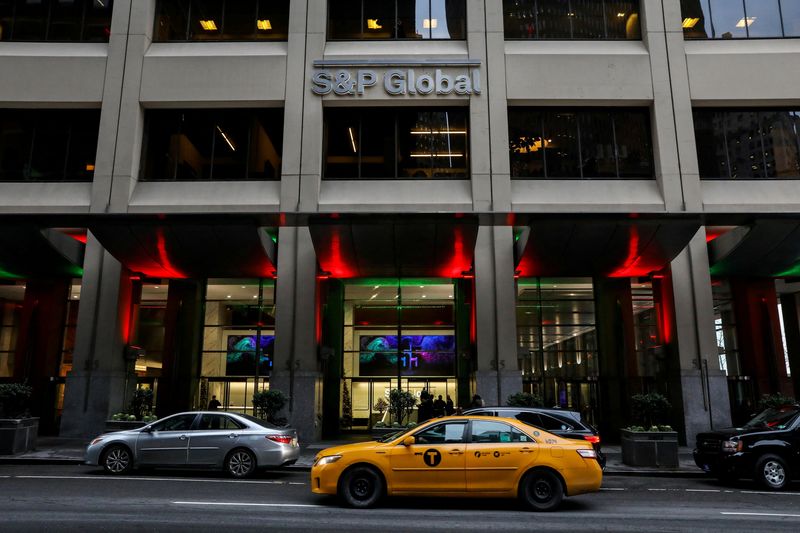S&P Global: 85% Of Global Bank Ratings Remain Stable As 2026 Approaches

Global banks are heading into 2026 with a largely stable outlook despite growing geopolitical pressures, shifting regulatory landscapes, and increased uncertainty in trade and technology. According to S&P Global’s Global Banking Outlook 2026, 85% of global bank ratings carried a stable outlook as of October 2025, with profitability, liquidity, and capital buffers expected to support the sector through another challenging year.
Geopolitics and trade tensions cast a long shadow
The most significant risks facing banks in 2026 stem from geopolitical instability. The Russia–Ukraine war remains unresolved, while tensions in the Middle East could flare up again and disrupt global markets. Though direct exposure to tariff-related losses remains modest for many banking systems, the report highlights uncertainty around the speed and scale of US tariff implementation. Any sharper-than-anticipated shock could weaken real economies, rattle markets, and expose vulnerabilities in both banks and nonbank lenders.
S&P Global expects global credit losses to rise by 7.5% to about $655 bn in 2026, driven mainly by weaker lending conditions in China and the wider Asia-Pacific region. Even so, robust earnings and prudential reforms over the past decade should keep these losses manageable.
Capital strength and liquidity offer a buffer
Despite a more volatile backdrop, banks have continued to strengthen their capital positions. Most major markets have seen improvements in Tier 1 capital ratios from 2022 to 2024, even as shareholder distributions remained generous. Liquidity profiles also remain strong with diversified funding sources and stable deposits supporting resilience, though some markets may see pressure if investor sentiment deteriorates.
Japan stands out as a positive liquidity outlier, with particularly high levels of liquid assets relative to total assets.
Regulatory simplification looms, but risks persist
Regulators across regions are considering reforms, including simplified capital buffers, streamlined reporting, and revised stress testing frameworks. In the US, calls for broad regulatory changes coincide with an appetite to reassess capital and liquidity rules. However, S&P Global warns that a global «race to the bottom» in banking regulation remains a key risk. A material weakening of oversight could ultimately harm credit quality and ratings, particularly if competitive pressure leads jurisdictions to loosen rules too far.
Technological change is accelerating credit differentiation in the sector. The report notes that AI adoption will create both winners and losers, depending on each bank’s ability to implement technology effectively while managing new operational and cyber risks.
AI could enhance profitability through efficiency gains and improved client experience but may also raise exposure to system vulnerabilities, third-party failures, and rapid shifts in customer expectations. As technology deepens the interconnection between banks and nonbank lenders, contagion risks could grow.
Climate risk is rising
Banks have made progress in identifying climate risks but face increasing divergence in regulatory ambition across regions. With some governments slowing or delaying sustainability regulations, transition risks may climb. Physical climate risks are also expected to intensify, particularly in vulnerable geographies. While diversification and insurance typically absorb the first hit, S&P Global expects climate-related credit impacts to rise over time.

